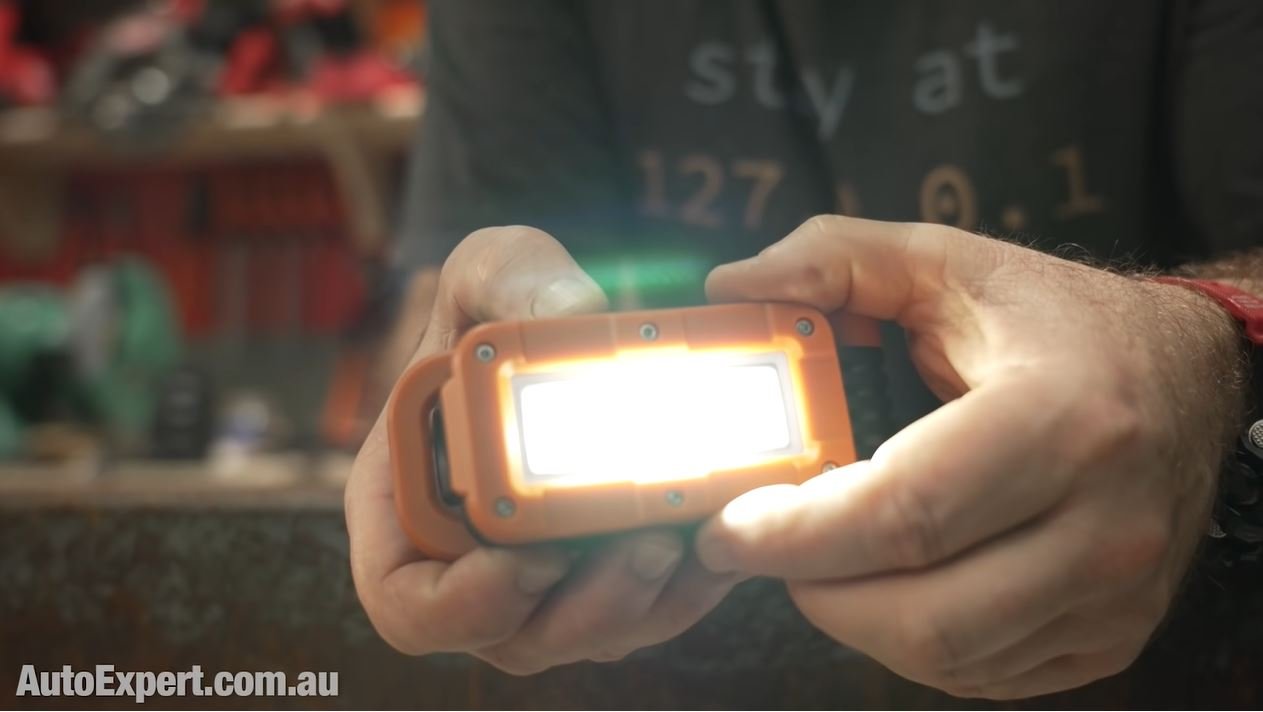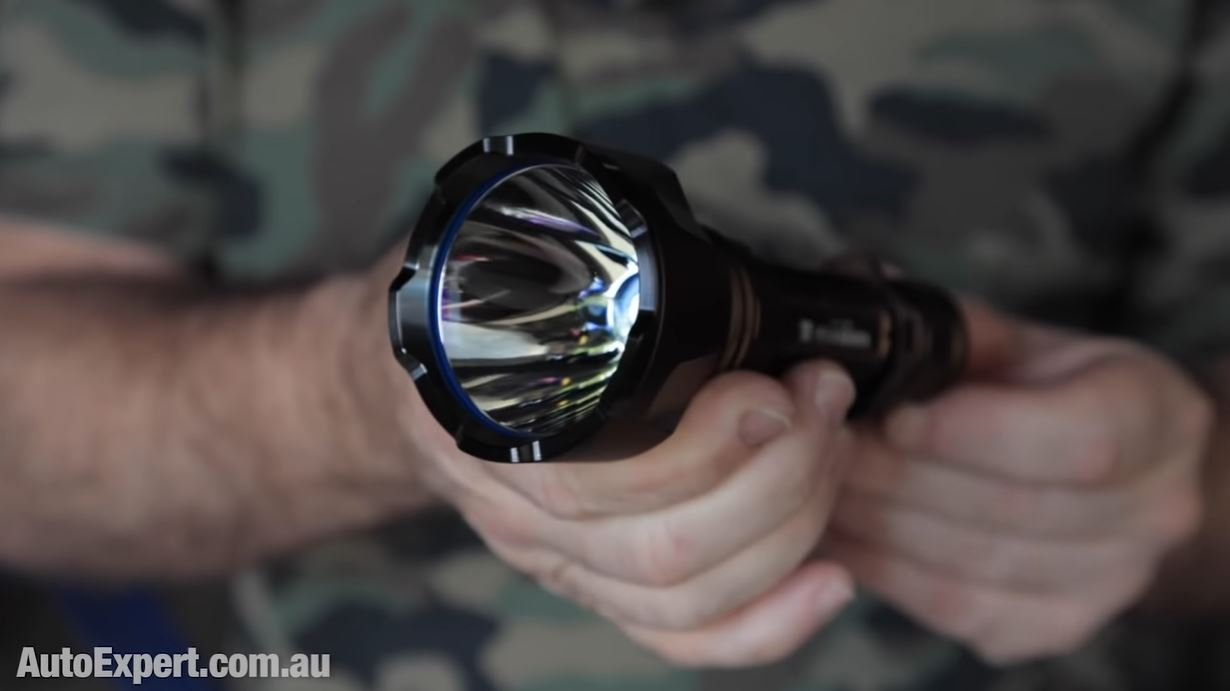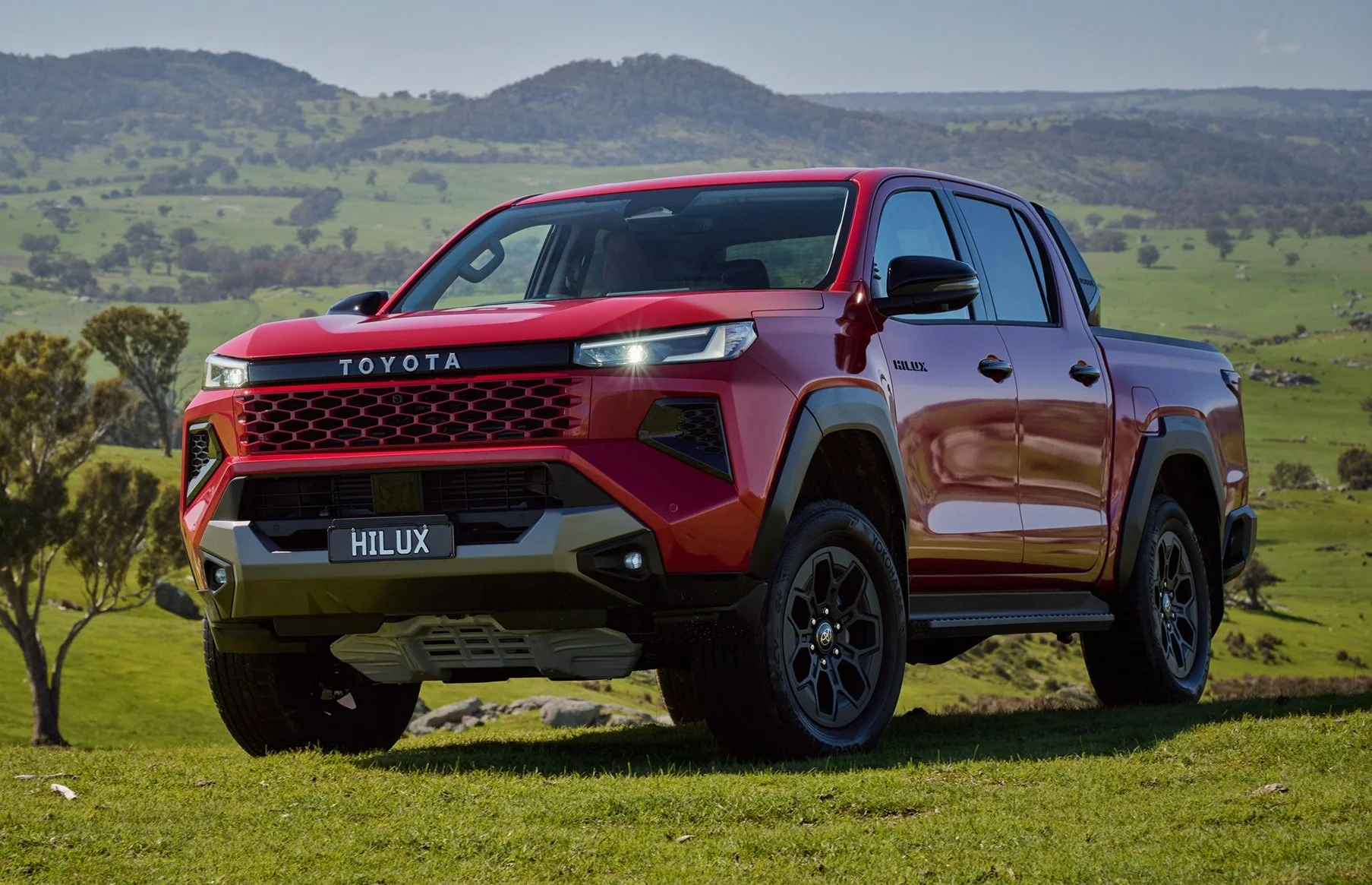Why I won't recommend the 2023 Nissan Pathfinder to you
Nissan has announced the new, sleep-inducing 2023 Pathfinder. If you’re shopping for a 7-seat SUV, this is your official warning about buying two tonnes of boring, uninspiring disappointment…
If you want a new Pathfinder cheap, in Australia, without all of that Nissan dealership ambush palaver, we can arrange that. But I’m going to strongly recommend against it. Here’s why…
While you were tossing and turning at 3am, counting Ming Molls or something, Nissan was hard at work, striving to restore deep, uninterrupted sleep. Their key medicinal treatment for this is, of course, the new R53 Pathfinder - an SUV with seven seats, but little charisma.
Despite how much the marketing department suggests otherwise:
Be still, my pounding vegetables. Let’s reflect on that Pathfinder family which Nissan in 2022 desperately wants to leverage in the marketing material.
Nissan effectively ruined the Pathfinder back in October 2013, with the launch of the so-called R52, which was then inflicted on an unsuspecting population for nine horrible years. Before that Pathfinder was not awful - better than ‘not awful’, actually.
R52 was, however, a real knee in the Pathy’s plums. A big, roly-poly, lardy-arsed mall-seeking moaper designed mostly for America, and with one destination in mind - Hungry Jack’s. Adventure, diabetes-style.
Be still, my pounding vegetables.
Nissan effectively ruined the Pathfinder back in October 2013, with the launch of the so-called R52, which was then inflicted on an unsuspecting population for nine horrible years. Before that Pathfinder was not awful - better than ‘not awful’, actually.
R52 was, however, a real knee in the Pathy’s plums. A big, roly-poly, lardy-arsed mall-seeking moaper designed mostly for America, and with one destination in mind - Hungry Jack’s. Adventure, diabetes-style.
Aside from weighing over 2.2 tonnes with a full tank of petrol, and needing 6000 revs to generate the same kind of power a CX-9 made at just 2400 revs, it also had a massive Achilles heel.
R52 Pathfinder was given the CVT transmission from hell, AKA Jatco, which is essentially a Nissan in-house brand.
R52’s Jatco ‘X-Tronic’ CVT had a globally recognised proclivity for failing. So, this new nine-speed for the all-new Pathy can only be an improvement. They finally listened and got something right - but we still don’t know for sure if it will be reliable. Wait 12 months.
Although, it’s not as good an idea as just deleting Pathfinder from the lineup entirely, and pretending it never happened. But it is something of a small blessing. So that’s nice, if you’re still interested in one at this point.
The R51 before 2013 was actually a pretty good thing. The last decent Pathfinder, at the end of a long and distinguished line of non-shit Pathfinders (by which I mean one other), but X-Trails of that era were pretty good too.
After that actually-competent R51 though, Nissan essentially did a ‘Land Rover Freelander’ with the R52, and got it all wrong. They never found a proper fix, they failed miserably at customer service meanwhile, and they took even more dictatorship from Renault, in my view.
And the market agreed - sales tumbled.
2020 sales 7-Seat SUV - VFACTS
My AutoExpert AFFORDABLE ROADSIDE ASSISTANCE PACKAGE
If you’re sick of paying through the neck for roadside assistance I’ve teamed up with 24/7 to offer AutoExpert readers nationwide roadside assistance from just $69 annually, plus there’s NO JOINING FEE
Full details here >>
AutoExpert DISCOUNT OLIGHT TORCHES
These flashlights are awesome. I carry the Olight Warrior Mini 2 every day - it’s tiny, robust, and super useful in the field or in the workshop. Olight is a terrific supporter of AutoExpert.
Use the code AEJC to get a 12% discount >>
CORPORATE DOUBLE SPEAK
It’s hard to recover from a commercial catastrophe quite this epic, and long-lasting:
That’s from a person named Adam Paterson, who now runs Nissan Australia, saying some interesting - and questionable - things about the allegedly new Pathfinder.
There’s quite a lot to unpack here, isn’t there? As to this alleged reinvention ‘from the ground up’ and ‘right across the board’ (as if there’s another way to ‘reinvent’ something).
I suppose if you’re tasked with having to say only nice things about a car you’re desperately hoping will sell in numbers, you might as well lay it on thick with buzzwords and superlatives.
But, let’s just clarify, it’s a redesign, Mr Paterson. ‘Re-invention’ is quite the flamboyant, overstating alternative, in my estimation. (Just an opinion.) There doesn’t seem to be any actual ‘invention’ regarding what’s been done to this new Pathfinder.
The wheel was quite revolutionary, at the time, but adding spokes and tyres and tread are really just design evolutions. Not reinvention - it’s a classic misnomer.
Pathfinder is a car, a machine. Machines get upgraded by redesigning them. This can be iterative or comprehensive, but I think it’s more credible to use less wanky language.
Second: ‘From the ground up’ and ‘right across the board’ seems to imply some kind of complete redesign. And if that is the case, why has Nissan stuck with the same outdated and abjectly lazy 3.5-litre atmo V6 as the R52 had, all the way from 2013 to 2022? I suspect because it’s all they’ve got left - and building an entirely new engine is prohibitively expensive, clearly.
This engine is - at best - an outdated pig. In fact, over the 10 long years the R52 was imposed on the unsuspecting public, Nissan only managed to upgrade its power output from 190 kilowatts to 202. That’s just six per cent. Is that seriously the best they could do?
Nissan could get into shipbuilding with this boat-anchor V6.
And they haven’t even done its hair and makeup by adding a single kilowatt with this new one. Still at 202 peak kilowatts, it kinda screams ‘yeah, we couldn’t be bothered tweaking the engine’.
These atmo V6s make their power by revving really hard - which is exactly how you don’t want to drive a big lardy-arsed mum’s taxi, home from Westfield, with six screaming brats on board, all juggling Macca’s drive-through.
Kluger’s 3.5 V6 is equally horrible, but manages to be gruntier. Rare from Toyota to be a leader in something, I know.
Above all, these atmo V6s are blown into the weeds by the likes of Mazda’s turbo 2.5-litre four, which makes significantly more power at mid and low revs (and that’s where you actually drive in a vehicle such as this). It’s pretty hard to make the case for 3.5 litres of atmo V6 in 2022.
Mazda has been busy innovating over the last 10 years. Nissan has not. Hyundai/Kia have a brilliant 2.2-litre diesel in Sorento and Santa Fe, respectively. They too have been innovating - just look at their range of cutting-edge electric vehicles compared with Nissan’s one lonely, underdone Leaf.
A 3.5 V6 is also environmentally disgraceful, if you care about that. See, if you want these atmo V6s to perform, such as overtaking, you have to rev them impossibly hard. It’s awful. And they’re very thirsty. And they pump out too much CO2.
So, this engine in the allegedly reinvented, so-called ground up, claimed across-the-board 2023 Pathfinder, is the worst possible kind of tacky hand-me-down engine.
Now, if you are seriously considering this vehicle, much will be made of the so-called ‘tech’. But keep in mind, there are two kinds of tech. There’s tech you can’t really see such as structural design, but there’s also the kind of toy-type tech the marketing department salivates over at any car company.
Let’s talk about the latter.
Take ProPILOT, for example. Sure, it’s the best name Nissan could think or, but it’s one of the worst semi-autonomous driving systems to-date. But it’s worse than that. that comes standard on ST+, ST-L and Ti Pathfinder. In other words, all grades except the base-model poverty pack.
The initial problem with these silly names for gimmicky features, is it opens the door to spelling them inconsistently across the marketing material. And they’re pretty wanky - especially when it becomes clear how much time you’ve spent trying to think of such a name.
According to Nissan Australia this so-called and sometimes hyphenated PrO-PilOT:
Who doesn’t want that? Less stress. More comfort. More enjoyment. Where do I sign?
Tell me more.
“Full automatic mode.” Blurring the line between being the driver and the passenger. Just like Elon Musk (AKA Electric Jesus) with Tesla AutoPilot - and that works so well, from time to time.
Of course, where would we be without the obligatory corporate lawyers and their size-5 Helvetica fine print?
So, provided you’re on a one-way road that’s dead straight, with no tunnels, tollgates, or merging, or other unspecified conditions where the system poops in its trousers - all good, right?
Are you, as a consumer, starting to get the impression the Pro-PILOT doesn’t actually do any real piloting? Here’s the rest of the disclaimer that, in my view, essentially tries to negate Nissan Australia from any actual responsibility for their poorly executed ‘feature’:
So, essentially, what Nissan is doing here is talking up out of all proportion to reality, the capability of what is clearly - according to them - a properly half-arsed system that essentially demands you to pay full attention and be ready to spring quickly into action, while at the same time doing absolutely nothing, for hours without end, potentially.
This sounds far worse than actually driving, in my view. It is also laying a solid foundation for a rolling series of cognitive catastrophes. Which is probably less than ideal, at freeway speeds.
Deafening silence from the regulators on this half-baked bullshit, of course. Where is the oversight on a retail product which claims to partially overlap with a driver’s responsibilities for actually piloting a vehicle? Where are the regulators clamping down on dodgy products being sold as one thing, but not doing what they suggest on the box?
The only worthwhile ‘autonomous driving’ system is the one that drives better than a human in all conditions. This certainly isn’t that. You can’t even see that from here. ProPILOT is all pricktease up front, barely functional in the context of actually liberating you from the burden of driving, and then, if there’s a disaster it’s gunna be all on you, according to the arsehole lawyers’ extra light fine print in the owner’s manual.
At best, ProPILOT is an extremely cynical upsell that could easily make driving less safe, given the intersectionality between the system’s very limited capability and the incredible capacity of ambient drivers to make mistakes or not understand how it works.
SOME POSITIVES
On the plus side there’s a big 10.8-inch head-up display on all new Pathfinder variants, with turn-by-turn nav, plus there’s four USB charging outlets and wireless Apple CarPlay. But the Android Auto is plug-in - go figure. I’m sensing a monumental negotiation screw-up there with Google - probably wanted their maps on top, or something.
And if you go the full-spec Ti Pathfinder variant, you can option up to captain’s chairs in row two - so you can sit facing the people in row three - but you revert back to seven seats from eight if you tick that box.
According to Nissan the curtain airbags cover all three rows - which they do not in some competitors. So that’s a plus.
THE REALITY
As I see it, there’s no compelling reason to buy a new Pathfinder over a Kluger, a Santa Fe, a CX-9 or a Sorento (or even a Carnival). And there would want to be - because Nissan is looking commercially shaky in Australia. They are failing. They’re not as terminal as Honda, but they are shaky.
In 10 years, Nissan’s most significant achievement in Australia has been to meticulously lose its commercial footprint. In 2021, they sold just over 41,000 vehicles. Ten years earlier they were selling 67,000. That’s a reduction of 40 per cent, and the total market didn’t really change over that time.
In fact, Nissan was selling more vehicles here 20 years ago, despite the market being almost 25 per cent smaller back then.
This is an established trajectory. Nissan is in trouble.
WHY DOES THIS MATTER TO YOU?
If you think this doesn’t matter to you, I’d suggest you’re not thinking hard enough about this.
Dealers are independent retailers. They’re generally multi-franchised, meaning they sell more than one brand.
Brands that are successful and growing and represent a lot of business for a dealer group - they get all the investment - in technical training and the best staff, parts inventory, etc. Brands that are shrinking and failing get the opposite. That’s at dealership level.
At importer level, at Nissan Australia, well they’re accountable to Japan for failing to sell, over and over, and over. Their profit - or the lack thereof - becomes a boardroom issue in Japan. Weekly conference calls turn inevitably to slashing expenses - cutting staff, cutting costs, cutting onshore parts inventory, cutting the cost of warranty claims and customer service generally.
For a car importer, cutting costs is synonymous with throwing customers under the bus. Just look at how well Holden is looking after its customers just two years after the brand was killed off by head office. It’s happening to Nissan right now.
Nissan closed its parts warehouses across Australia in 2015, more recently 20,000 global jobs were axed by Nissan in 2020, and that’s off the back of 12,500 jobs that faced the knife in 2019, after an eye-watering 99 per cent profit plunge…
So, it’s not a happy shop, basically.
Dude, when you buy a car, you’re aligned with the brand, so to speak. It’s probably not something you ever really considered, but it’s inescapably true. If they’re a good brand which supports customers with problems, generally, you’re happy to jump in. But not if there’s a conga line of serious corporate culture issues, questions over legitimacy or even clouds of financial/commercial instability hanging over the brand.
Therefore, if you’re feeling seduced by the new Pathfinder marketing hype that’s taking place right now across the media and particularly the motoring media - be warned. Ask yourself how much of the so-called journalism you’ve read on Pathfinder is really just there to keep the publisher sweet with Nissan, and thus maintain those rivers of advertising gold flowing endlessly in. Then ask yourself how much of it is really there to inform you.
Do any of those reports or reviews hint that this might be a bad idea? If not, you’d have to wonder why not, in the face of the evidence.
I don’t give a shit what Nissan or its lawyers think of my view on Pathfinder, them or the brand. I’m agnostic like that. I also don’t especially care if you buy one - that’s on you. I’d be happy to help get you a discount and save you from going up against a car dealer. It’s your cash, and this isn’t North Korea. (Unless Peter Dutton gets elected.)
But I do want to point out to you the facts other motoring journos won’t report, mainly because of their self-censorship and bad incentives in publishing.
I just want you to make an informed choice.




























The MG ZS is a small SUV that offers such strong value to most buyers that it should be on your shortlist be default, even when shopping for a used car. But given that no car is perfect, the price could easily distract from its drawbacks.